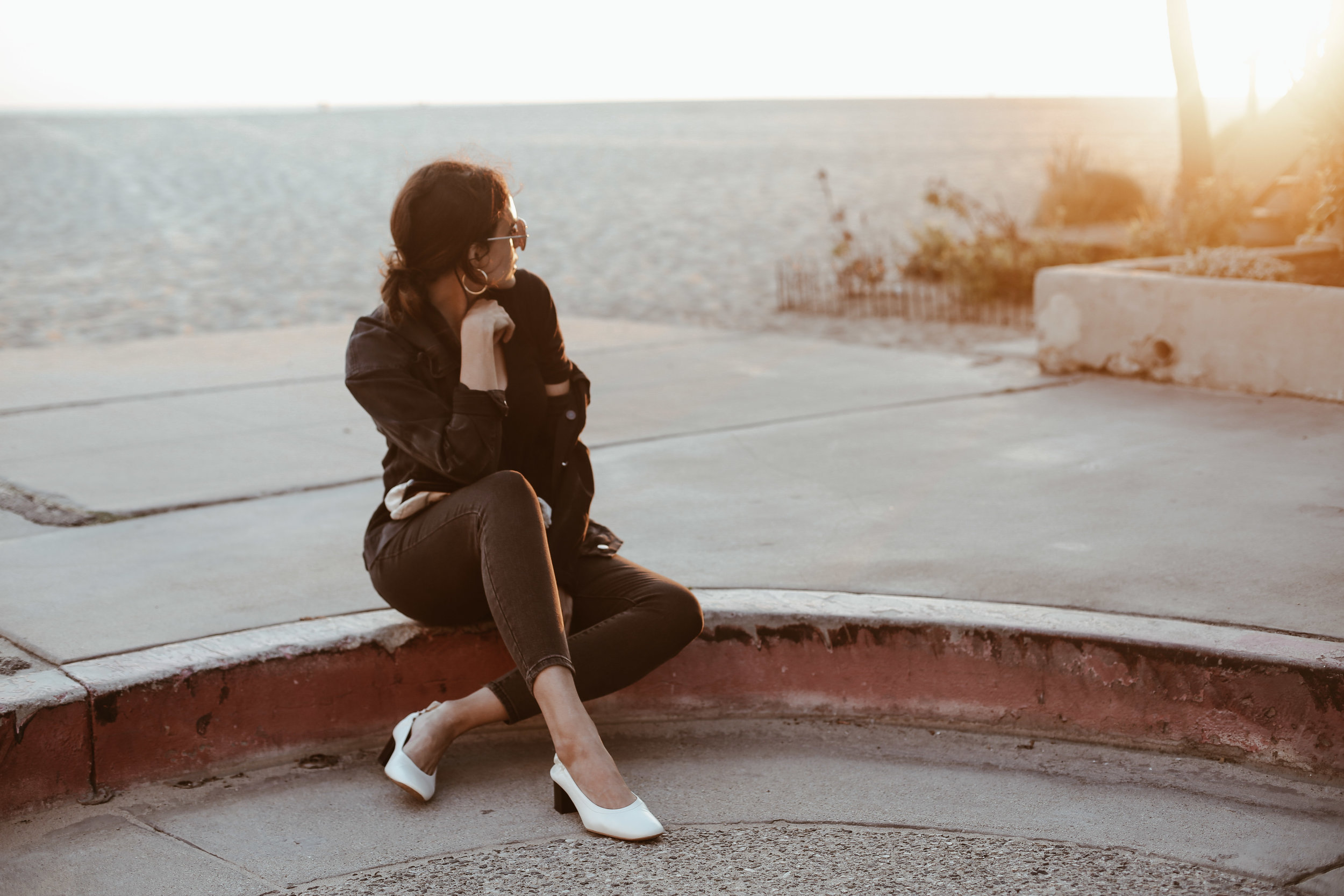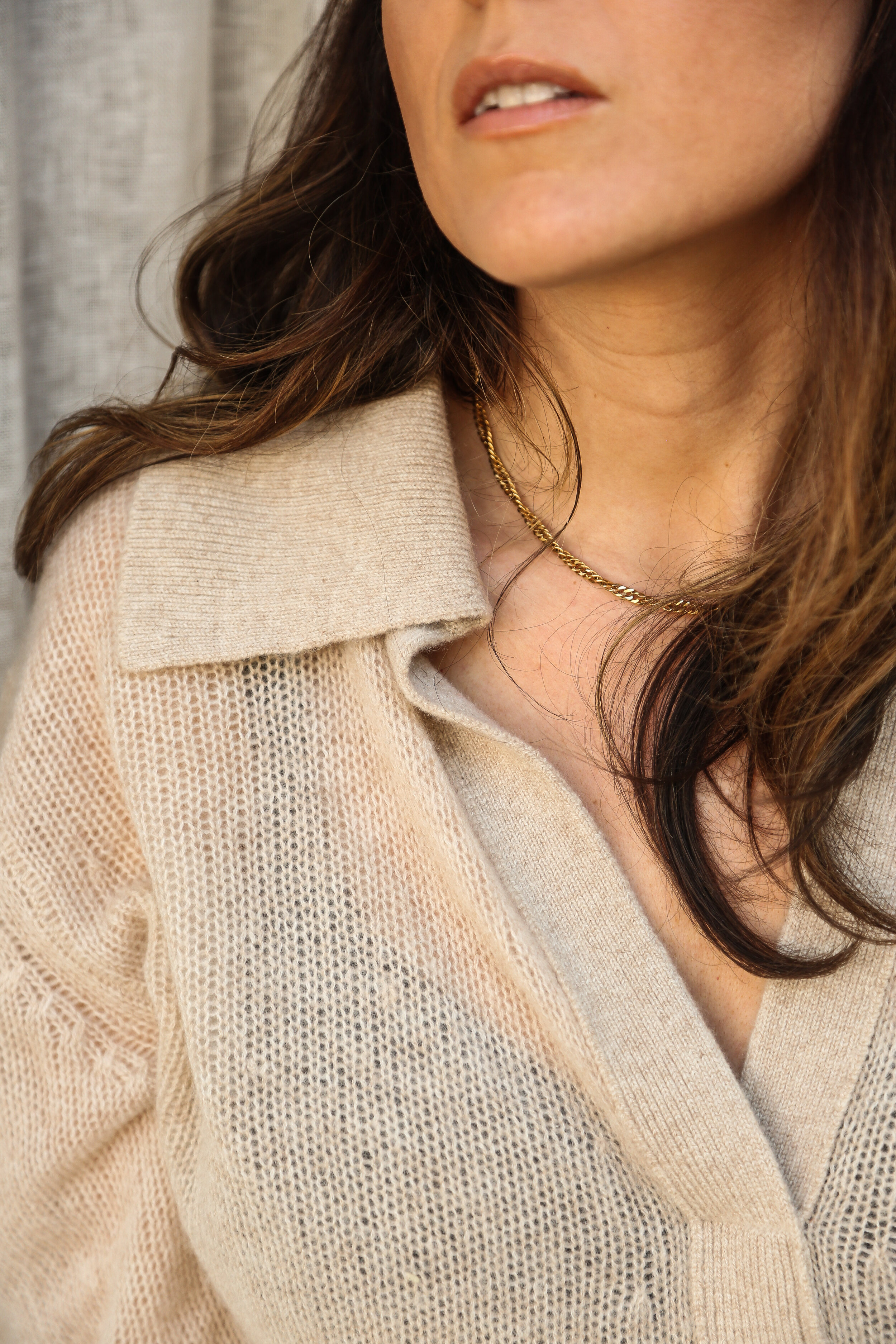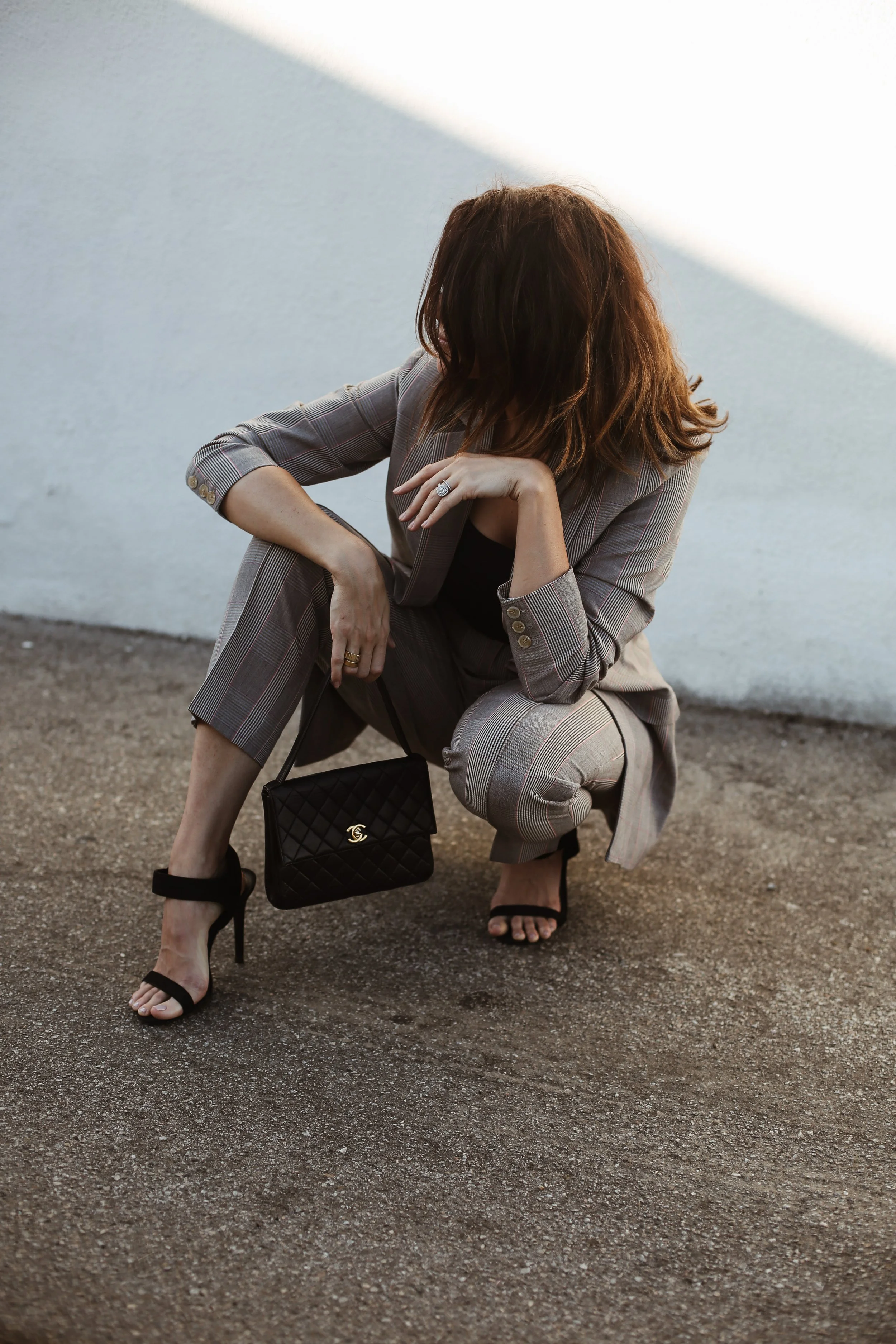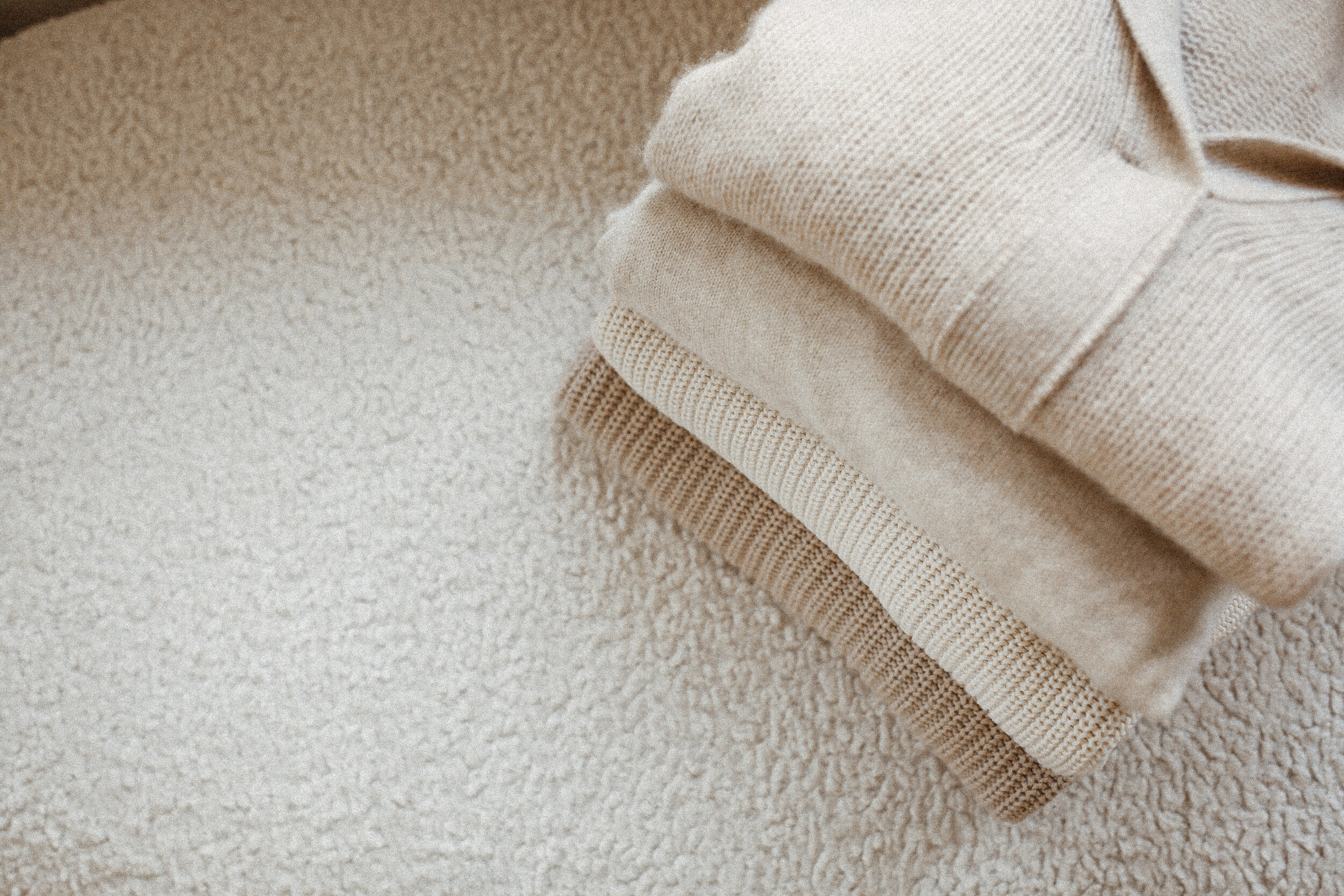8 ways to make your wardrobe sustainable

We’ve always made an effort to be more sustainable in our lives.
Reduce, reuse, recycle is the unofficial family motto. But since moving to California, we’ve really ramped up our efforts and have been reevaluating and making better choices in everything from how we get our food to the kinds of products we use to our clothing. You may think you’re doing such a good job with things like recycling and reusing, but there’s nothing quite like living by the beach and seeing disgusting amounts of trash effecting the eco-system every time you go for a walk to get you to want to do even better.
We’re working through the different areas of our lives to give them a sustainability make-over, and our latest victim is the closet- our clothes, what we wear, where we shop, what we do with our clothes when we’re done with them, etc. While reflecting on changes to make, I realize how, yet again this is another area where I learned so much from my family when I was growing up. My Mom rarely bought us brand new clothes. Everything was thrifted or hand-me-downs. Everything was made from quality materials. Nothing really went to waste. We’re working hard to incorporate these things, and more, 100% into our lives and wardrobes, because, turns out, mom really does know best…
So what does it mean to make your wardrobe sustainable? To me it means shopping second-hand, it means being conscious of the materials used (natural versus man-made), it means knowing where your clothes come from and where they’re made, it means purchasing items that are made locally, it means you’re aware of how you care for and dispose of your clothes, it means shopping from brands that are transparent from start to finish, it means supporting brands that support making a difference, it means buying from brands who are making strides to reduce their environmental impact. I’m diving deeper into each of these (below) so keep on reading. But first, let’s take a moment for these outfit details in which just about everything is either comes from a brand that is incredibly transparent (Props to Everlane for that!) or sustainably sourced aka thrifted (Special shout-out to the leather clutch from Italy that I thrifted back in high-school for a whole big $1 and is still going strong to this day!).
WEARING
JACKET // FREE PEOPLE, THRIFTED
T-SHIRT // EVERLANE C/O (oversized fit)
JEANS // EVERLANE C/O (fits tts)
SHOES // EVERLANE C/O (size up 1/2 a size)
CLUTCH // THRIFTED
IN
VENICE, CA
TRASH TO TREASURE //
I’m pretty sure I was thrifting before I was walking. Ok, maybe not me specifically, but my Mom was doing it for me. Everything I wore was thrifted, a hand-me-down or found at a yard sale. If one of those places didn’t have it, then we didn’t get it. My Mom still (mostly) shops this way, and for Dave and I, it’s one of our favorite weekend activities, finding new thrift stores, browsing for hidden treasures, scoring a good deal. I know some people don’t like the idea of used goods, so if that’s you, I’d suggest looking at it a bit like a scavenger hunt, or a fun game, trying to find the most unique pieces, or the best deal, or something super rare from one of your favorite designers. Turning it into a game, definitely makes interesting, and, I’m not going to lie, a little bit addictive. Once you find one good deal, you just want to keep finding more!
NOT SO FAST, FAST FASHION //
In college, I definitely drifted away from thrifting and gravitated towards fast fashion. Post-college I’ve had a hard time letting go of some of the ease and convenience that it provides. One thing that really hasn’t helped is how quickly projects/shoots/travel sometimes come up in my work leaving me in a bind and needing something specific at a specific time in a specific price range. Unlike living in NYC where I had every store at my fingertips, my options are a tad more limited here, so I’ve found myself resorting to fast fashion more times than I care to admit.
After doing a major closet clean-out, and realizing I had a ridiculous amount of poorly made clothing that I didn't even really use or like, I knew something needed to change. So, I’m working hard to plan as much as I can in advance so I actually have the time to make smarter purchases. I’m also being more creative with re-working pieces in my closet. And, if I do have to purchases something at a store, I check all the labels and only buy something if it is 100% a natural material (i.e. cotton or linen). I’m also taking advantage of places like H&M and Nordstrom having specific sustainable lines/sections of their stores, and using it as an opportunity to get more familiar with locally made designers and brands.
Not only is this practice more sustainable, it also makes you appreciate and work hard for the few brand new purchases you do make. Case-in-point- when I was in high school and bought my first pair of Silver Jeans. Everyone had a pair of them, everyone except me. So I worked hard, saved up my babysitting money and eventually went to buy them. I’ve never forgotten that feeling. It’s the same one I got when I saved up for and bought my first vintage Chanel, or the striped shirt I bought in a little shop in Paris. These pieces mean something more than just getting your next #OOTD picture, and they’ll be around a whole lot longer, too.
BE CONSCIOUS //
Do your research and be conscious of the brands you’re buying from. Are they transparent on how they make their clothes? Do you know where they’re made? Or what kinds of materials are being used? How are the items being packaged? How is their business impacting the environment or making a difference? No brand is going to be perfect, and no brand is going to check off all the boxes, but you being aware and mindful can help you make more educated, conscious shopping decisions.
For me, one of the brands I had been looking to buy a few items from was Everlane. As fate would have it, they just so happened to reach out to me as I was writing this article, wanting to send me a few items to try. What are the odds, right?! Of course, I immediately said yes, and I’ve been in love with the pieces since they arrived. Not only are the items made from quality materials, but the company is also incredibly transparent about how their items are made, they have one of the most helpful on-line shopping experiences (I love the way the reviews are set-up so you can see how pieces worked for other’s with similar body measurements as yours, that they also give several model size options to showcase pieces on and that they break down the true cost of making each product), they have a wide range of sizes and the prices are totally reasonable.
LOCAL LOVE //
Shopping locally is another great way to make your closet more sustainable. By doing this, not only are you supporting local creatives in their craft by you’re also making an environmental impact because fuel isn’t being used to transport the items to your area.
MATERIALS MATTER //
Another thing my Mom was super mindful about when I was younger was the types of material our clothes were made from. When my Mom was in high school she suffered a terrible accident due to synthetic materials, and I think that forever changed her view and opinion of what fabrics to wear and which to avoid. I even created my 8th grade science fair experiment inspired by what had happened to my Mom and used it as an opportunity to showcase why cotton/natural materials are so much better for you than synthetic. Needless to say, if it wasn’t cotton, it wasn't getting worn in our house.
Over the years, I’ve drifted slightly from natural materials (thanks again to fast fashion), but I’m 100% back to reading labels and fully committed to purchasing things made from natural or recycled materials, or knowing where the materials comes from, as much as possible.
CLEAN UP YOUR ACT //
It’s not just about the clothes you buy, but it’s also about how you clean them. Detergents, dry cleaners, frequent washing, etc. all have an impact. A few ways we’re being mindful of this is by using better detergents (this article lists some great options…we personally like to use Seventh Generation), using dryer balls to help reduce dryer time as well as wasteful dryer sheets, re-wearing clothes multiple times before washing, using only organic dry-cleaners when we absolutely have to get clothes dry-cleaned (Did you know dry cleaning is actually really toxic?) and we’re currently researching a product to get to help cut down on the release of microfibers when washing clothing (thinking of maybe getting this or this).
NEW LIFE //
I can’t speak for everyone, but personally, I hate clutter. If I’m done with something, I want it gone. But in line with being more eco-friendly, it’s always better to give things another life, a little make-over, if you will, than to give them the boot. For clothing, this may mean repurposing something old into something new (i.e. cutting jeans into jean shirts) or it may mean finding them a totally new purpose (like using old socks as dust rags).
SECOND CHANCES //
Last but not least, if you have clothing you no longer use, don’t throw it out. Re-sell it or donate it. But, be mindful where you donate. Lots of places get so many donations (and unusable ones at that, with stains or rips, etc.) that the majority of pieces donated end up in a landfill. So do your research on where you’re donating (I usually find local shelters to be the best bet) and be sure the clothes are in good, clean condition (If you wouldn’t wear them with a stain or button missing, why should someone else?) before dropping them off.
a few of my favorite Everlane pieces















